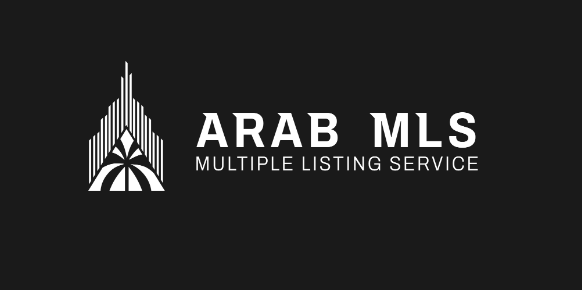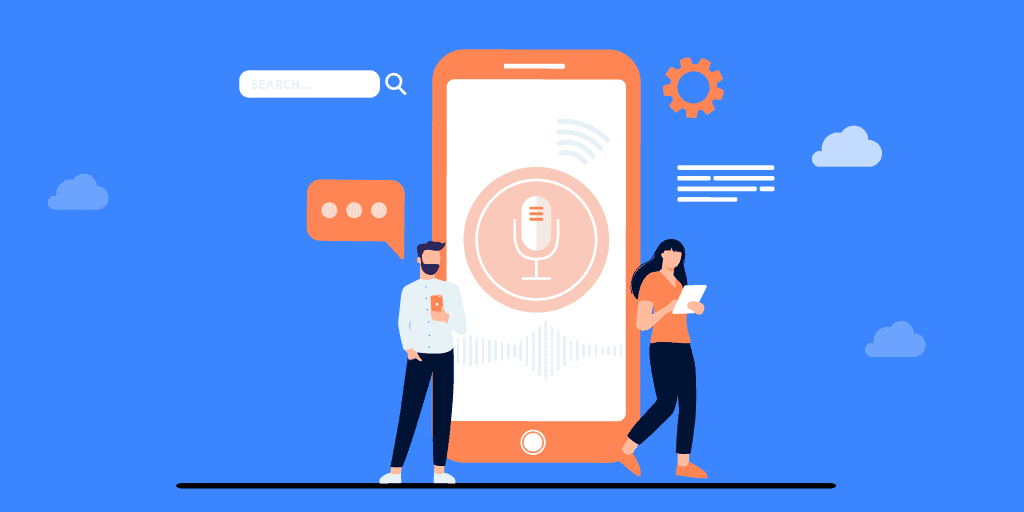In the world of real estate, having a strong online presence is no longer optional—it’s a necessity. Whether you’re a solo agent, a broker, or a marketer working in real estate, attracting quality leads is key to closing deals and growing your business.
One of the most effective tools for online lead generation is IDX or Internet Data Exchange. IDX allows real estate professionals to display live MLS property listings on their websites. More than just a fancy feature, IDX turns your site into a powerful lead capture machine—when used correctly.
In this guide, we’ll break down everything you need to know about using IDX for lead generation. From how it works to practical strategies for turning site visitors into active clients, this article will help you unlock the real power of IDX.

What Is IDX?
IDX stands for Internet Data Exchange, a system that allows licensed real estate agents and brokers to display property listings from their local Multiple Listing Service (MLS) on their websites.
These listings include photos, prices, property descriptions, and other data—updated in real-time directly from the MLS. With IDX, your website becomes a one-stop shop for home buyers searching online.
Why Is This Important?
Buyers today are doing most of their property research online. According to the National Association of Realtors, over 90% of buyers start their home search on the internet. If your website doesn’t have listings or doesn’t keep visitors engaged, they’ll move on to a competitor—or a platform like Zillow.
How IDX Helps Generate Leads
Let’s look at how IDX turns a regular website into a lead-generating tool.
1. Keeps Visitors on Your Site
Without IDX, visitors come to your site, read a blog post, and leave. With IDX, they can:
- Search for homes
- Filter by price, location, and features
- Save listings to favorites
- Sign up for updates on new listings
The longer they stay, the more likely they are to contact you or provide their information.
2. Captures Lead Information
Most IDX tools come with built-in lead capture features:
- Require users to register to see full property details
- Offer to send alerts for new listings
- Provide mortgage calculators and contact forms
This allows you to collect names, emails, phone numbers, and even details about what the visitor is looking for.
3. Helps Qualify Leads
IDX doesn’t just collect contact info—it collects behavior data too. You can see:
- What properties a lead views
- How often do they visit your site
- Which neighborhoods or price ranges they’re interested in
This gives you insight into which leads are most likely to convert into clients.
4. Improves SEO
IDX listings create hundreds (even thousands) of pages filled with real estate data. This helps your site show up in search engine results for:
- Homes for sale in [City]
- [Neighborhood] condos under $500K
- New construction homes in [County]
When combined with local content and blogging, IDX gives your site the visibility it needs to attract organic traffic—without paid ads.
Setting Up IDX on Your Website
To use IDX legally and effectively, here’s what you need to do.
Step 1: Get Access Through the MLS
Only licensed agents and brokers who are members of the local MLS can access IDX. If you’re not licensed, you can:
- Partner with a broker who will sponsor your site
- Get your real estate license and join the MLS yourself
Step 2: Choose an IDX Provider
Several IDX service providers offer integration tools for websites. Top names include:
- IDX Broker
- iHomefinder
- Showcase IDX
- Realtyna
- Flexmls
Most providers offer:
- MLS feed integration
- Search tools and filters
- Lead capture forms
- SEO-friendly listing pages
- Map search features
Prices range from $40 to $100+ per month, depending on the features you want.
Step 3: Integrate With Your Website
Most IDX providers offer easy integration with platforms like:
- WordPress (via plugin)
- Wix or Squarespace (via iframe)
- Custom-coded websites (via API or embed codes)
Your IDX provider will guide you through the setup and make sure your site complies with MLS rules.
Best IDX Lead Generation Features to Use
To get the most out of IDX, focus on features that actively bring in and convert leads.
1. Forced Registration
This means users must register with their email to view certain listings or use advanced search filters. You can set it up in different ways:
- After a few property views
- To access saved search features
- Before showing complete photos
This method ensures you’re building your email list while still providing value.
2. Saved Search Alerts
Let users sign up for alerts on new listings that match their search criteria. This keeps them coming back to your site rather than going to Zillow or Redfin.
Example: A user searches for 3-bedroom homes in Miami under $750,000. They get an email every time a new matching listing is added.
3. Interactive Map Search
Map-based search is engaging and lets users narrow down their ideal neighborhoods visually. This feature often results in more time spent on your site.
4. Lead Routing and CRM Integration
Most IDX platforms allow you to connect with a CRM (Customer Relationship Management) system. This helps you:
- Track which leads are hot
- Send automated follow-ups
- Organize notes and preferences
Some IDX providers include their built-in CRM or integrate with platforms like Follow Up Boss, LionDesk, or HubSpot.
IDX Lead Generation Strategies That Work
Now that your IDX website is ready, it’s time to drive traffic and convert visitors into leads. Here are some proven strategies:
1. Use Hyperlocal Content
Create pages and blog posts about specific areas, such as:
- “Best Neighborhoods in Charlotte for Families”
- “Top 5 Affordable Areas in Austin in 2025”
- “New Construction Homes in San Antonio Under $500K”
Embed relevant IDX listings directly on these pages.
2. Run Google and Facebook Ads
Send traffic to specific search pages (like “Homes in [City] Under $300K”) using paid ads. These pages offer value and naturally lead to lead capture.
Make sure your ads are targeted by:
- Location
- Demographics
- Home-buying interest
3. Email Marketing for Nurturing Leads
Once you capture a lead, don’t let it go cold. Send regular email updates that include:
- New listings that match their interest
- Market updates
- Tips for first-time buyers
- Mortgage news
Most home buyers browse for months before making a move—email marketing keeps your name top of mind.
4. Offer Free Resources
Entice visitors to register or sign up with a lead magnet like:
- Home buyer checklist
- Guide to selling fast in [City]
- “Best mortgage lenders in [Area]” comparison
These can be simple PDFs or blog posts behind an email wall.
Compliance and Best Practices
Using IDX comes with some legal and ethical responsibilities. Here’s how to stay compliant:
1. Follow MLS Rules
Your MLS has rules about how listings should be displayed. These may include:
- Displaying the correct broker attribution
- Updating listings regularly (usually every 12–24 hours)
- Not modifying or removing key listing information
2. Respect Privacy Laws
Make sure you:
- Get consent before collecting and storing lead data
- Offer an easy way for users to unsubscribe from emails
- Use secure forms and platforms for data collection
3. Be Transparent
Don’t hide lead capture behind misleading promises. Make it clear when users are signing up and how their data will be used.
Measuring Your IDX Lead Generation Success
Here’s how to track your performance and optimize over time:
1. Track Website Visitors
Use tools like Google Analytics to see:
- How many people visit your site
- Which pages are most popular
- Where traffic is coming from
2. Monitor Conversion Rates
Look at:
- How many visitors turn into leads
- Which pages generate the most sign-ups
- Which lead capture forms are most effective
3. Evaluate Lead Quality
Ask yourself:
- How many leads are serious buyers or sellers?
- Are they responsive to follow-up?
- Do they match your target market?
High traffic is great—but high-quality leads are better.
Frequently Asked Questions
Q: Can I use IDX without a real estate license?
A: No, you must be a licensed agent or partner with a broker who has access to the MLS. Some marketers form partnerships or co-branded websites to work around this.
Q: How much does IDX cost?
A: It varies. Expect to pay $40–$100 per month, depending on the provider and features.
Q: What’s the fastest way to generate leads with IDX?
A: Create targeted neighborhood pages, run paid ads to those pages, and set up lead capture forms. Then follow up via email or phone.
Q: Do IDX leads to convert into sales?
A: Yes, especially when combined with follow-up systems like CRMs and email marketing. The key is consistent nurturing and fast responses.
Conclusion
IDX is much more than a website add-on—it’s a powerful lead-generation engine for real estate professionals. By offering valuable, real-time property data and pairing it with smart capture tools, IDX helps you turn casual site visitors into warm, qualified leads.
When you combine IDX with content marketing, paid ads, email follow-up, and CRM tools, you have everything you need to grow your pipeline and your business. Whether you’re just starting or looking to scale your real estate marketing strategy, IDX gives you a serious advantage in a competitive market.













